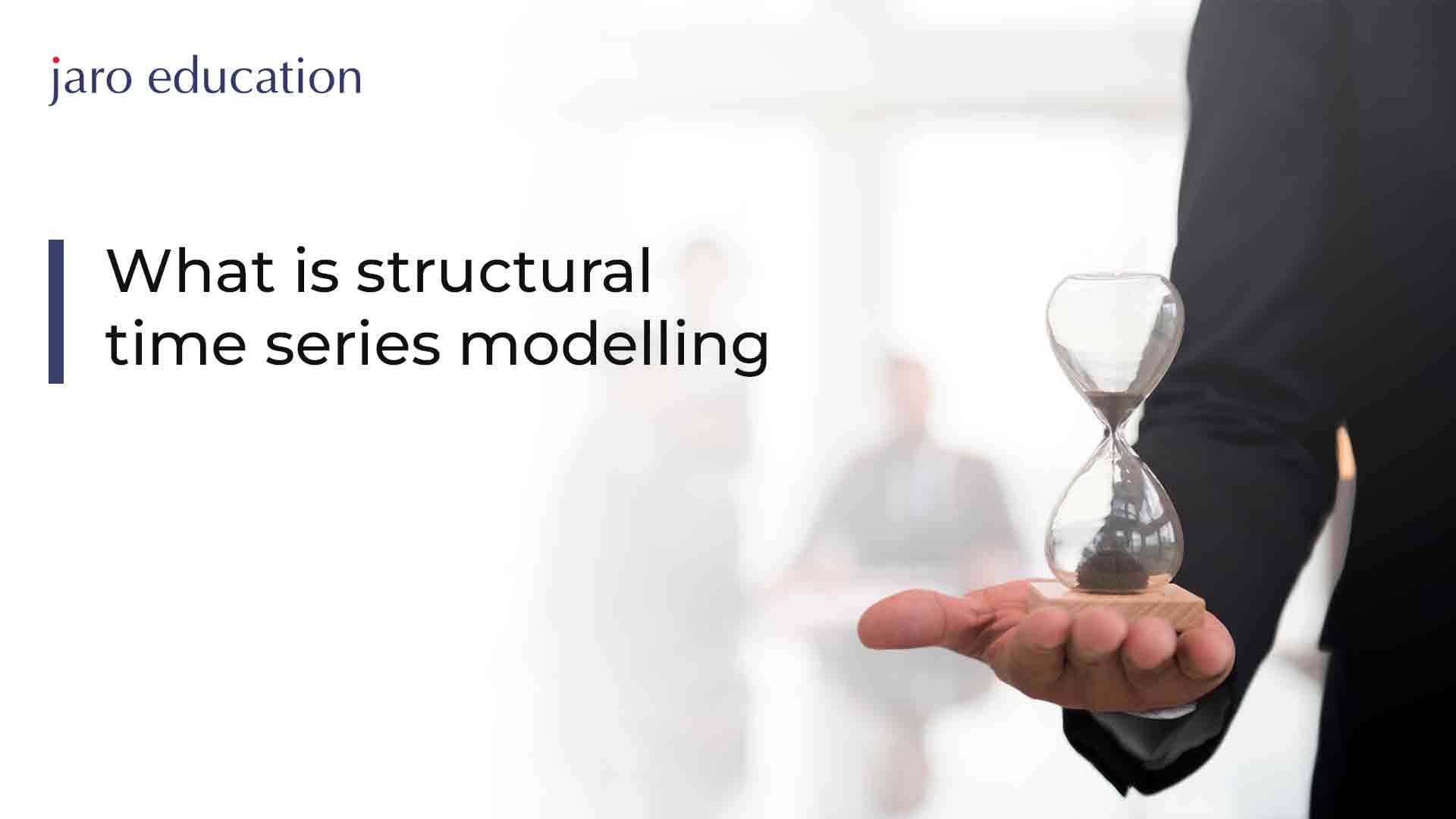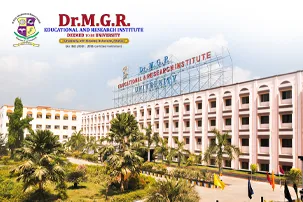Structural time series modelling is a uniquely designed statistical framework for modelling time series data. This model decomposes a time series into various components, including seasonality, trends, and cycle components by utilising a state space approach. With the decomposition of time series, this model can also perform structural interpolation where a quarterly series can be interpolated into a monthly series by applying either the period sum method, period average, or end of the period. This model’s statistical significance is in multitude and has a major role in the field of data science.
To comprehensively understand the structural time series model and gauge its potential, the Professional Certificate Programme In Advanced Analytics & Business Intelligence offered by IIM Kozhikode is an ideal option. This one-year professional course takes you through the basics and advanced topics associated with advance analytics, making you all set for the real-world scenario. Enroll now with Jaro Education and take your career to the next level.
In-depth structural time series modelling
Primarily, structural time series involves several equations that together represent how various components of time series evolve over time. It represents the time series observed as a combination of these components allowing flexibility, unlike traditional time models. Using a state-space representation, the involved equations are specified. Each parameter associated with this model is estimated by Bayesian inference, also known as maximum likelihood estimation.
After estimating the model, it is utilised to forecast future time series values. The forecast value can be obtained by means of the propagation of estimated parameters with time while accounting for the uncertain estimated parameters’.
- Structural time series is a pathbreaking model whose use is widespread in finance, economics, and various areas where such series data is prevalent.
Key components of structural time series models
Basically, structural time series models have three components. Here we will learn about them.
-
Trend
It is the long-term direction of a time series, denoted by three elements- increasing, flat, and decreasing. This component captures the complete movement of the time series. The trend is primarily influenced by technological advancements, population growth, or macroeconomic trends and is an accumulation of linear or exponential trends.
-
Seasonality
This refers to the fluctuations or recurring patterns in any time series that occur at a regular time interval, which may be daily, weekly, monthly, or yearly. Seasonality happens due to factors like holiday periods, weather patterns, or even business cycles. ARIMA model is a popular technique used to model seasonality.
-
Error
Also known as noise, an error is a random component that cannot be comprehended with trend or seasonality. This component is used to capture variations in the time series that are not possible with the rest of the components. This component term can be modelled by utilising various statistical distributions, like t and normal distributions.
By collaboratively using these components, deducing accurate analysis is possible with structural time series models.
Significance of structural time series modelling
Structural time series modelling has an array of usefulness in the field of data science. Some of the key benefits are elaborated on below.
- Structural time series modelling is an innovative technique that analyses time series, which is a relevant part of data science.
- It acts as a support system by being a framework for assessing complicated time series data.
- With this model, one can carry out anomaly detection. This process includes estimating the probable effects of policy changes or interventions on time series data. This can even be used in evaluating the impact of marketing campaigns, policies, and other operations.
- Through this model, one can easily analyse time series data relevant to identify patterns and trends that might not be obvious from the available data at a glance. This can be widely used to make an informed decision in a shortened span.
- This model is a valuable asset for data scientists at all levels as it provides the resources appreciate to learn and implements techniques in every dimension.
- Forecasting is a vital application of the structural time series model. It forecasts future values perfectly to be used for further functions by data scientists.
- Causal inference is another advanced application of this time series model. This helps in deducing causal relationships among variables.
Conclusion
Structural time series modelling is a new-age statistical technique that can seamlessly assess time series data by decomposing it into multiple components. The three vital components of this model include trend, seasonality, and error, which provide a complete framework to analyse and model any time series data. The application of this modelling is many; it is used for important operations like forecasting, causal inference, and anomaly detection. Many businesses and organisations use it extensively to deduce accurate insights and predictions into underlying drivers and patterns of their data.
For a bright career in the field of data science, structural time series modelling plays a major role. To unravel the criticalities of the topic, IIM Kozhikode’s Professional Certificate Programme In Advanced Analytics & Business Intelligence is an ideal option. Climb the ladder of success and come out with flying colours by choosing this certification course from other significant IIM Kozhikode courses.





